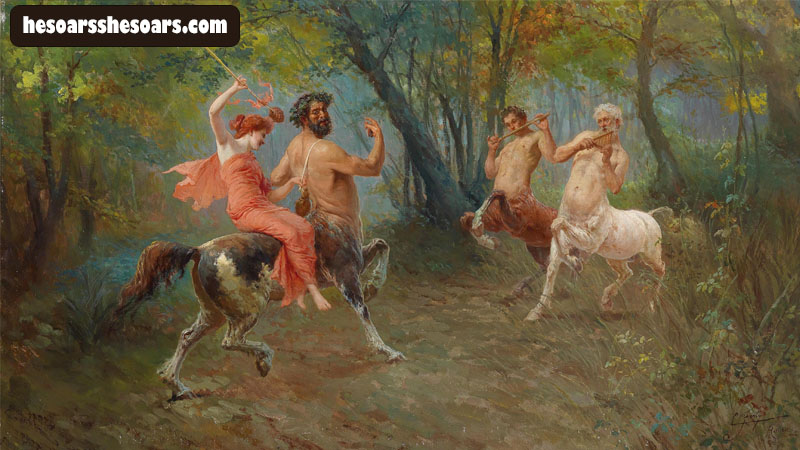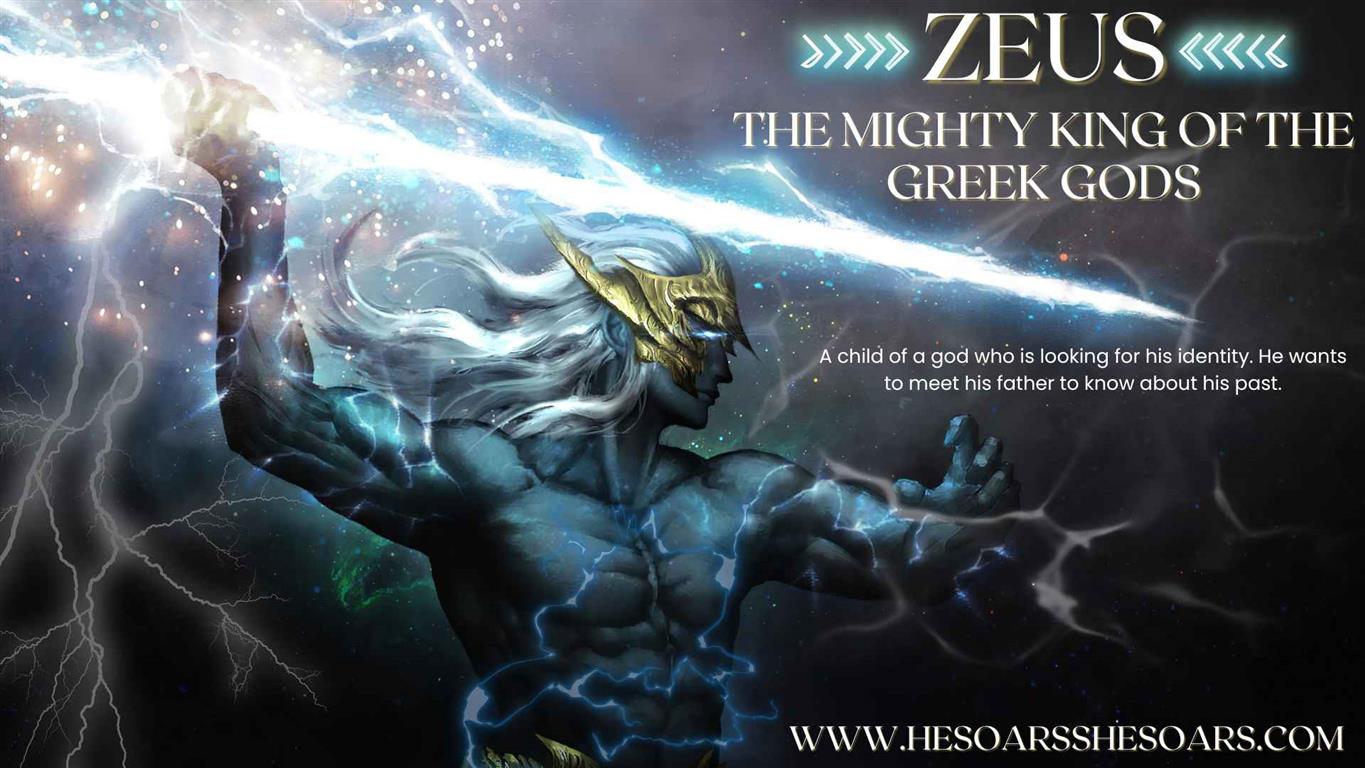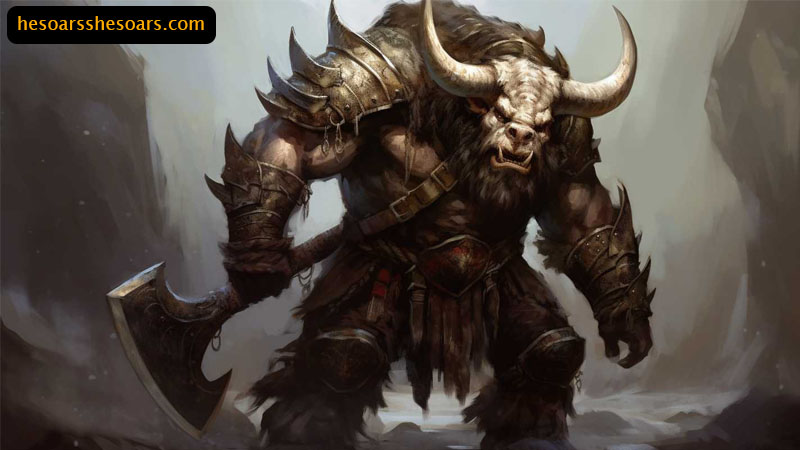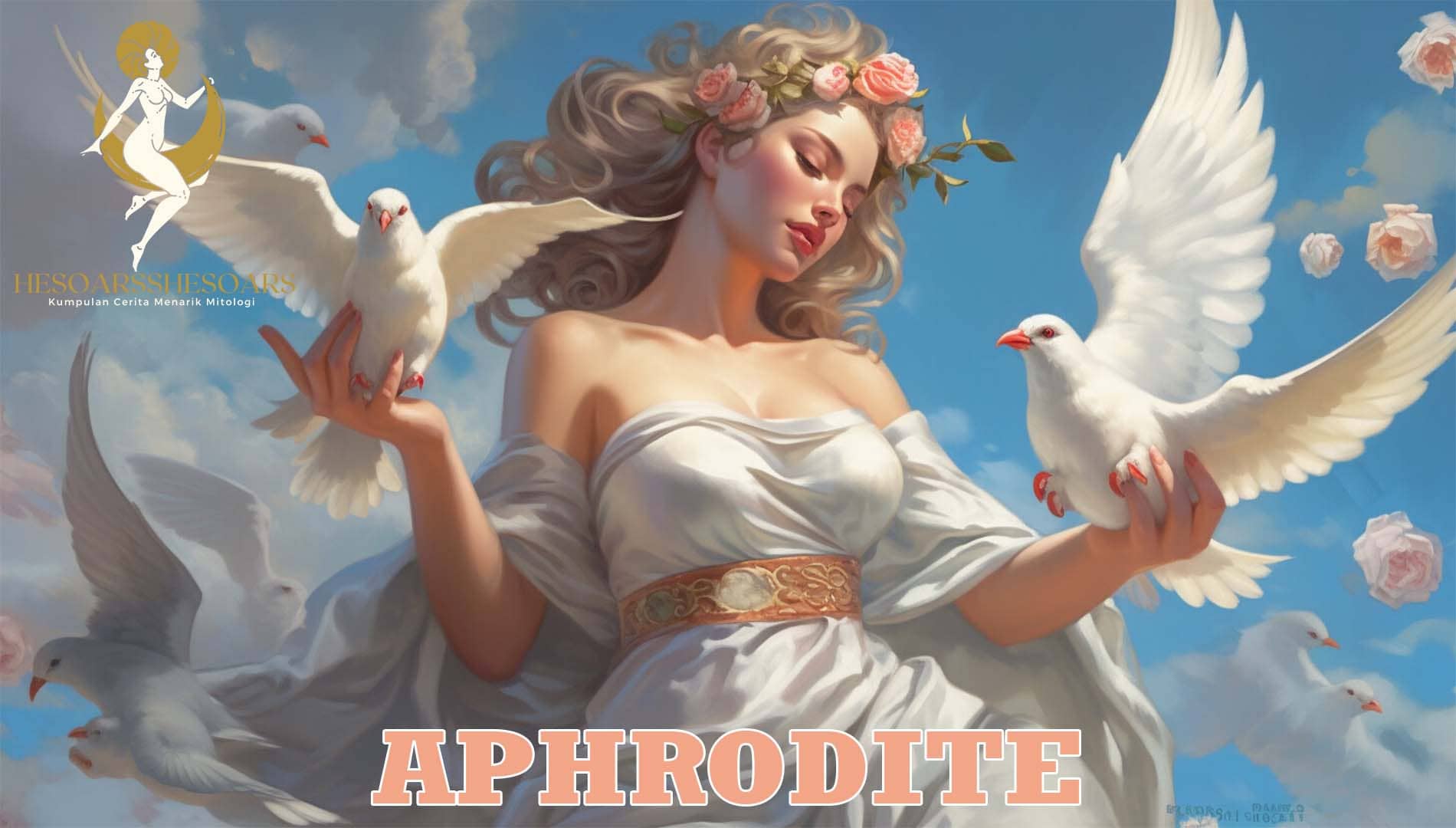Greek mythology is teeming with a diverse cast of creatures and beings, each with its own unique characteristics and stories. Among these, the centaurs stand out as some of the most intriguing and enigmatic figures. In this article, we will delve into the mythological world of centaurs, exploring their origin, characteristics, and significance in Greek mythology.
Origin of Centaurs
The origin of centaurs in Greek mythology is a matter of debate, but one of the most commonly accepted accounts traces their lineage to a curious union between Ixion, a mortal king, and Nephele, a cloud nymph. Ixion’s desire for Nephele led him to deceive her and attempt to seduce her. As punishment for his deceitful actions, Zeus created a cloud-like replica of Nephele, which Ixion unknowingly impregnated. From this unnatural union, centaurs were born, and they inherited both human and equine qualities.
Characteristics of Centaurs
Centaurs are typically. Depicted as beings with the upper body of a human and the lower body of a horse. This unique combination of human and equine features gives them their distinct appearance. Their upper bodies resemble those of humans, with arms, torsos, and heads, while their lower halves consist of four-legged, equine bodies.
Centaurs are often. Described as strong and agile creatures, reflecting the physical prowess of horses and the human-like intelligence of their upper bodies. However. They are also. Depicted as wild and unruly, prone to excessive indulgence in wine and violent behavior.
Centaur Society and Behavior
In Greek mythology. Centaurs are. Frequently portrayed as. Untamed and uncivilized beings. They inhabit the wilderness, living a. Their behavior is often. Marked by a lack of self-control, particularly when it comes to alcohol consumption.
One of the most famous episodes involving centaurs is the Centauromachy, a battle between the centaurs and the Lapiths during a wedding feast. The centaurs, having consumed too much wine, attempted to abduct the bride and other female guests. This resulted in a violent conflict, during which the Lapiths successfully defended their honor and drove the centaurs away.
Prominent Centaur Figures
In Greek mythology. Several centaurs are. Mentioned by name, each with its own story and characteristics. Some of the notable centaurs include:
- Chiron: Chiron is one of the most well-known centaur figures. Unlike his unruly brethren. Chiron is often. Depicted as wise, knowledgeable, and skilled in medicine and the arts. He served as a mentor to various Greek heroes, including Achilles and Hercules, and was known for his gentleness and compassion.
- Pholus: Pholus is another centaur with a distinct role in mythology. He was known for his association with a jar of wine that was opened during Hercules’ visit. This act led to the centaur’s demise, as the intoxicating aroma of the wine attracted other centaurs, resulting in a chaotic and deadly brawl.
- Nessus: Nessus is infamous for his role in the story of Hercules and Deianira. He attempted to abduct Deianira, the wife of Hercules, which ultimately led to his death. Before dying, Nessus deceived Deianira into believing that his tainted blood could be used to win back Hercules’ love. This deception had dire consequences for both Deianira and Hercules.
Symbolism and Significance
Centaurs hold various symbolic meanings in Greek mythology:
- Dual Nature: Centaurs symbolize the duality of human nature, representing the conflicting aspects of humanity.
- Civilization vs. Barbarism: The centaurs’ behavior often highlights the tension between civilization and barbarism.
- Teaching and Mentorship: Chiron, in particular, represents the importance of knowledge, wisdom, and mentorship. He serves as a mentor to Greek heroes, emphasizing the value of education and guidance in shaping character.
- Excess and Self-Control: The Centauromachy underscores the consequences of indulgence and lack of self-control. It serves as a cautionary tale against excessive behavior and the importance of maintaining decorum and respect.
Legacy of Centaurs
Centaurs have made appearances in various forms of literature, art, and media throughout history. They continue to capture the imagination of creators and audiences alike. In literature, have appeared in works ranging from ancient Greek epics to modern novels and fantasy literature.
In art, have been depicted in countless sculptures, paintings, and pottery. Their unique hybrid appearance and symbolic significance have made them a subject of fascination for artists throughout the centuries.
In popular culture, have made appearances in movies, video games, and television shows. They are often portrayed as formidable and mysterious beings, reflecting their complex nature in Greek mythology.
Conclusion
are complex and multifaceted creatures in Greek mythology, embodying the duality of human nature and the tension between civilization and barbarism. While some centaurs are known for their wisdom and nobility, others are infamous for their unruly behavior. Their legacy continues to thrive in literature, art, and popular culture, serving as a reminder of the intricate and enduring nature of Greek mythology.




